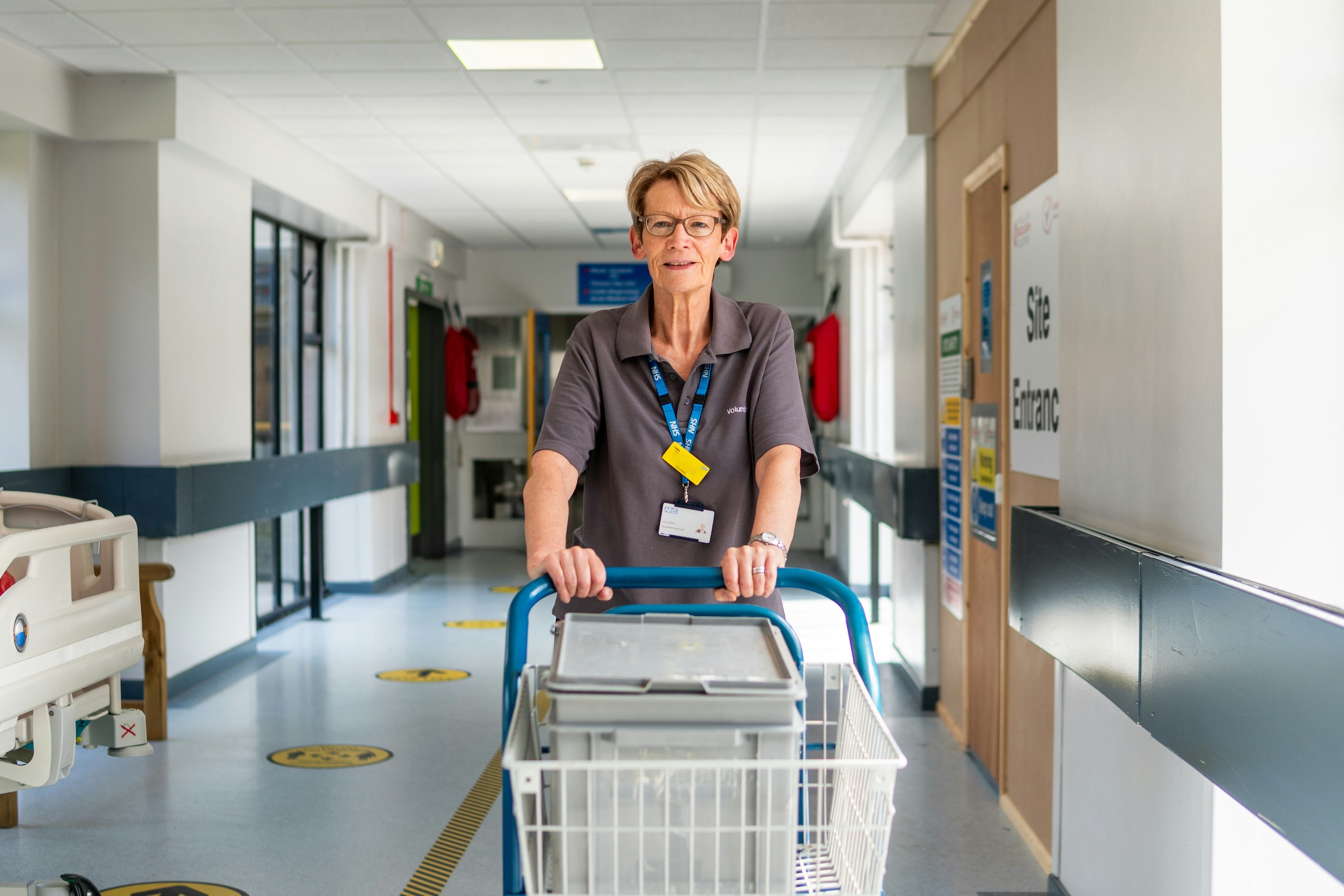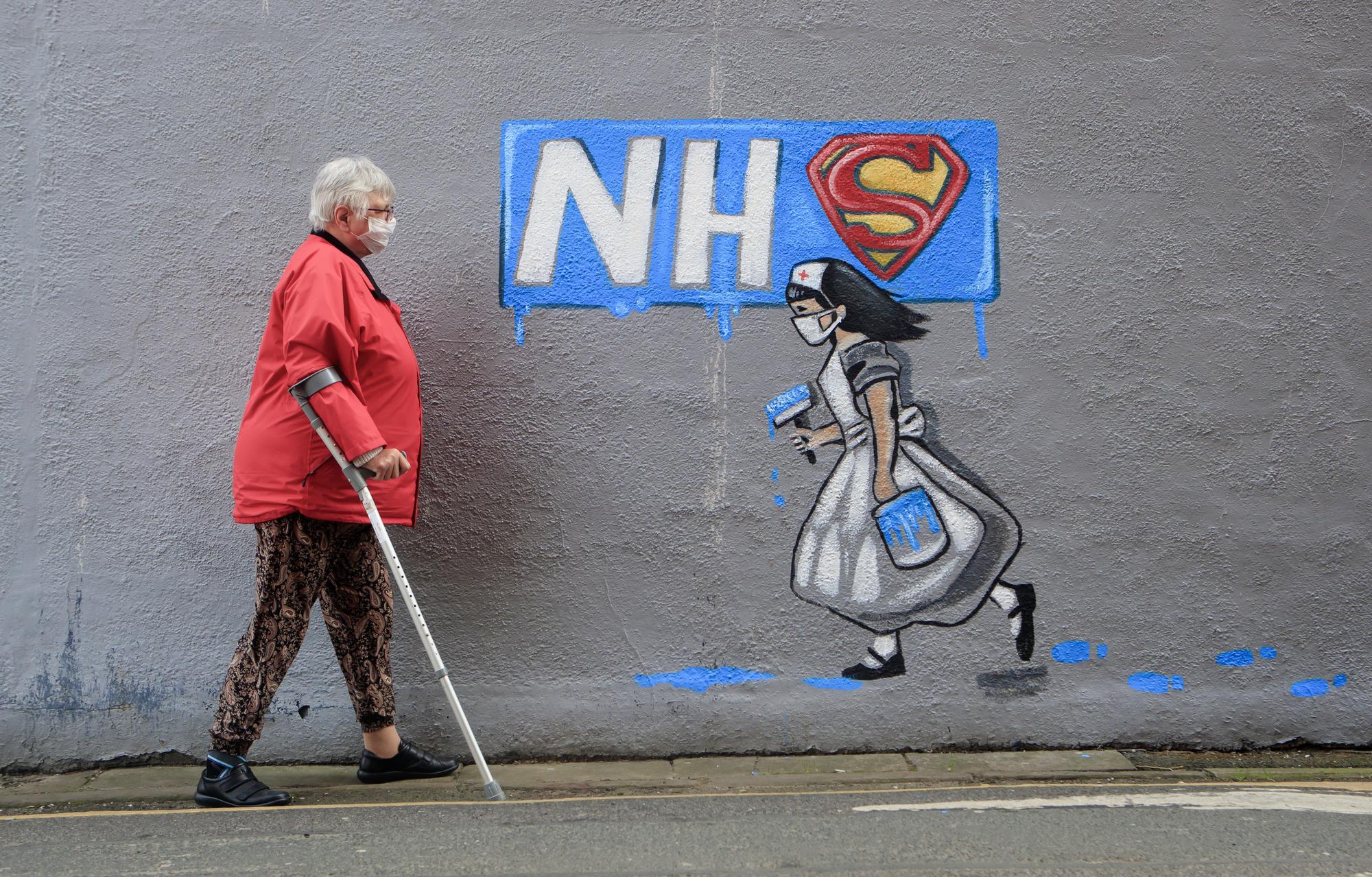Our NHS is filled with superheroes — doctors, nurses, and frontline staff performing miracles daily under enormous pressure. But even superheroes need the right tools. Imagine Batman without his gadgets or Iron Man without his suit.
Imagine stepping into an NHS hospital where technology seamlessly integrates with patient care. Clinicians make informed decisions with real-time data, administrative burdens are lifted by automation, and digital systems anticipate patient needs before they even arise.
This is the potential of Intelligent Digital Transformation (IDT) today, which aims to reduce the steps and actions required by staff, thereby easing their burden rather than adding more.
Digital transformation in the NHS isn’t just about upgrading systems or innovation. It’s about giving healthcare professionals — our everyday superheroes — what they need to do their jobs effectively.
Right now, too many of them are working around outdated processes, fragmented legacy systems, and inefficiencies that should have been fixed years ago. The announcement that the NHS England will be abolished and public healthcare will be absorbed under ‘democratic control’ has placed further uncertainty on Trust budgets, forcing planned transformation efforts to be shelved.
With so much still to address with that transition, there remains an urgent need to have process control and to make use of the available funds to the fullest extent.
A better way of working can’t be ignored any longer.
The digital hurdles holding the NHS back

It’s no secret that the NHS has a digital problem. A recent BMJ report found that three-quarters of NHS trusts still rely on paper records and drug charts.
Let that sink in.
While other industries have moved towards seamless digital integration, many NHS staff are still handwriting notes and manually transferring data between systems that don’t talk to each other.
When data doesn’t flow smoothly, patient safety is at risk. An Ipsos study revealed that 64% of NHS users have encountered administrative or communication difficulties. That’s not just an inconvenience; it’s a warning sign that something fundamental needs to change.
Alistair Reid-Pearson, CIO at The Christie NHS Foundation Trust, put it bluntly: “A clinician should be able to see a full picture of a patient journey, including treatments from other hospitals and GP interventions. But right now, that’s incredibly difficult.”
Technology alone won’t fix this
Too often, digital transformation is treated as an IT problem. New systems are rolled out without fully understanding how they’ll impact the people using them.
At Differentis, we’ve worked closely with NHS trusts across the country to take a different approach. Instead of pushing technology for technology’s sake, we start with capability mapping — a way of breaking down exactly how different departments operate, where processes break down, and what digital tools could genuinely make a difference.
Take our work with Nottingham University Hospitals (NUH) as an example. Before their Electronic Patient Record (EPR) rollout, we worked with them to map out every patient touchpoint. This revealed inefficiencies that would have gone unnoticed and helped ensure the new system actually solved real problems, rather than creating new ones.
Many digital transformation projects have also struggled because they focus too much on installing new systems rather than solving fundamental problems.
A new Electronic Patient Record (EPR) system, for example, won’t magically fix inefficiencies if it isn’t aligned with how staff actually work.
One of the biggest issues is a lack of interoperability, where different systems don’t communicate properly. A hospital may have modern digital tools, but if its A&E department can’t easily share patient information with a GP surgery, the system is still falling down.
Breaking the ‘hero culture’ and examining the sub-optimal norms the NHS is putting up with

One of the biggest, often unspoken issues in NHS transformation is the hero culture. Across the NHS, you’ll find incredible people — those superheroes — going above and beyond to keep things running. However, relying on individuals to compensate for broken systems is unsustainable and must be addressed.
True transformation means fixing the root causes, not just papering over the cracks. That means engaging frontline staff from the start, mapping processes properly, and ensuring that new technology works for them, not against them.
For too long, NHS staff have been forced to work around systems that should be working for them. Instead of technology streamlining their work, many clinicians are left battling inefficient processes, disconnected systems, and outdated ways of working. For example, a doctor treating a patient in A&E might not have access to their full medical history due to system incompatibilities, leading to potential risks in patient care.
New systems are rolled out without fully understanding how they’ll impact the people using them. This is why transformation fatigue is widespread. NHS staff have seen too many initiatives fail because they weren’t designed with real-world workflows in mind.
Alistair Reid-Pearson argues that the NHS convergence strategy is missing an area of focus: “We should be converging on data and processes, not just systems, because you can have the same system used in multiple different ways.”
In other words, installing a new system won’t fix inefficiencies if staff are still forced to work around it.
Take patient records, for example. A doctor treating someone in A&E might not have a full view of their history because systems don’t talk to each other. A specialist might receive a referral with missing details, forcing them to chase information rather than focus on treatment. Appointments can be scheduled at the wrong time or in the wrong order, disrupting patient care.
The reality is that NHS staff are constantly compensating for broken processes:
- Systems are so inflexible that many resort to off-system work — scribbled notes, spreadsheets, and mental checklists — to ensure patients receive the care they need.
- Some systems are too rigid, while others are so flexible they introduce data quality issues. This results in patient records full of inconsistencies rather than a clear, reliable history.
- Data is often collected to satisfy regulations rather than to improve patient outcomes, meaning vital information is buried in heavy administrative processes rather than used to support clinical decisions.
- Staff performance is difficult to measure, not because people aren’t working hard enough, but because the right data isn’t being captured in a meaningful way.
- A lack of interoperability between departments and locations means services aren’t joined up, leaving patients caught in the gaps of disconnected care pathways.
And because of all this, frontline NHS staff are shouldering the burden. They’re the ones making judgment calls based on incomplete information. They’re the ones remembering to link processes that systems fail to. They’re the ones absorbing the inefficiencies of a system that should be supporting them.
Developing a smarter way forward
For digital transformation to work within the NHS, it needs to be structured, strategic, and people-centric. This means mapping processes properly, prioritising integration, and tracking impact to ensure that new technology delivers tangible benefits for both staff and patients. Here’s how it looks in practice:
- Mapping processes properly — Before implementing new technology, organisations need to understand exactly how staff work, where inefficiencies exist, and what changes will have the most impact.
- Prioritising integration — Digital tools must work together to create seamless patient journeys, rather than operating in silos.
- Tracking impact — Success shouldn’t be measured by whether a system is installed, but by whether it delivers tangible benefits for staff and patients.
The role of capability mapping and benefit tracking
One of the most effective ways to achieve smarter transformation is capability mapping, a process that visually maps out how an organisation’s digital infrastructure operates, where gaps exist, and how systems interact.
When used in NHS trusts, this approach has helped identify inefficiencies and ensure that digital investments are targeted where they will have the biggest impact.
Similarly, benefit tracking is essential to ensure that new digital initiatives don’t just look good on paper but also work in practice.
By continuously monitoring and measuring impact, NHS trusts can ensure that digital transformation leads to real, lasting change.
A digital future that works
“Technology alone won’t fix this. If you don’t rethink your processes first, you’re just layering new tech over old problems.”
Again, the compelling words from Reid-Pearson. For the NHS to succeed in its digital ambitions, transformation must be:
- Strategically aligned – Digital initiatives should support broader healthcare objectives, not function as isolated IT projects.
- Continuously measured – Capability and benefit tracking should be standard practice.
- Designed for real-world use – If frontline staff don’t embrace new systems, they won’t work.
Last year, Lord Darzi’s Independent investigation of the NHS in England highlighted what we all know. Doctors and clinical staff do not have the necessary skills required to plan transformation and change.
There remains an opportunity. An opportunity to provide a new, revamped, and improved policy. An opportunity to break down siloes and provide more freedom to integrated care boards. An opportunity to provide transformation that helps empower and provide better informed decisions.
Intelligent digital transformation isn’t just about technology or even innovation — it’s about creating a smarter, more connected NHS that reduces the burden on our everyday superheroes, allowing them to focus on what they do best: providing exceptional patient care.

